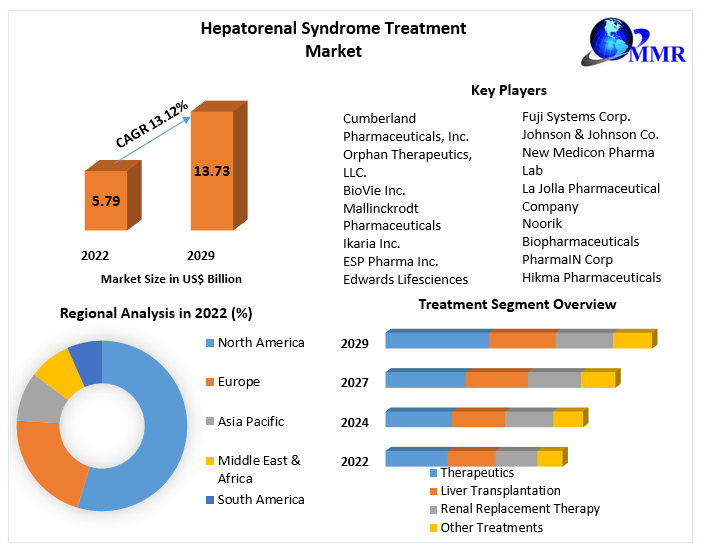Apixaban Demystified: How This Blood Thinner Prevents Clots and Strokes
Discover how Apixaban works to prevent life-threatening blood clots and strokes in patients with atrial fibrillation or deep vein thrombosis. Learn about proper dosing, side effects, and long-term use tips in this comprehensive guide.

Apixaban is an effective and widely used anticoagulant medication designed to reduce the risk of blood clot formation. This blood thinner works by interfering with the blood clotting process, helping prevent strokes, heart attacks, and other cardiovascular complications. Apixaban is often prescribed for conditions like atrial fibrillation (AFib), deep vein thrombosis (DVT), pulmonary embolism (PE), and other conditions that increase the risk of developing blood clots.
Understanding Blood Clots and Their Risks
Blood clots are formed when platelets in the blood stick together, and clotting factors activate to create a gel-like mass that helps stop bleeding. However, in some instances, clots form when they aren't needed, leading to serious medical conditions. Clots can travel through the bloodstream and block important arteries, causing strokes, heart attacks, or pulmonary embolism. Apixaban is designed to address these issues by reducing the formation of clots.
For individuals with irregular heart rhythms like AFib, blood can pool in the heart, making it more likely to clot. Similarly, patients who have undergone surgery or suffered from DVT or PE are at increased risk of developing clots. Apixaban provides a solution for preventing these serious complications.
How Does Apixaban Work?
Apixaban is classified as a Factor Xa inhibitor. It specifically targets and inhibits Factor Xa, a key enzyme in the blood clotting process. By blocking Factor Xa, Apixaban prevents the conversion of prothrombin to thrombin, a critical step in clot formation. This helps reduce the overall ability of the blood to form clots, thus lowering the risk of potentially dangerous blockages.
Unlike other traditional blood thinners, Apixaban is an oral medication that does not require frequent monitoring of blood levels. This makes it more convenient for long-term use, especially for patients who need continuous anticoagulation therapy.
Apixaban Dosage: 2.5 mg vs 5 mg
Apixaban comes in two main dosages: 2.5 mg and 5 mg. The right dosage for an individual depends on their medical condition, the severity of their condition, and their overall health.
- Apixaban 5 mg: The 5 mg dose is typically prescribed for individuals with a high risk of developing blood clots, such as those with deep vein thrombosis (DVT), pulmonary embolism (PE), or atrial fibrillation (AFib). The usual prescribed dosage for these conditions is 5 mg twice daily. It works effectively for stroke prevention in AFib patients, as well as in reducing the recurrence of blood clots after surgery.
- Apixaban 2.5 mg: The 2.5 mg dosage is prescribed for individuals who have a lower risk of clot formation, such as those who may be more prone to bleeding or have a history of frequent falls. This lower dosage is also commonly prescribed for long-term management of AFib patients who are on a more cautious anticoagulation regimen. It is also recommended for some patients with severe renal impairment.
Apixaban for Stroke Prevention
One of the key uses of Apixaban is for the prevention of stroke in people with atrial fibrillation (AFib), a condition where the heart beats irregularly. AFib and Stroke Risk: How Irregular Heartbeats Can Lead to Dangerous Blood Clots Apixaban, by reducing clotting, significantly lowers the risk of these dangerous events. Studies have shown that Apixaban is more effective than warfarin in preventing strokes in AFib patients.
Benefits of Apixaban
- Convenient Use: Unlike warfarin, Apixaban doesn’t require routine blood tests or dietary restrictions, making it easier for patients to manage their anticoagulation therapy.
- Lower Risk of Bleeding: Apixaban is known for having a lower risk of major bleeding complications compared to older anticoagulants, making it safer for long-term use.
- No Need for Vitamin K Monitoring: Since Apixaban is not affected by the intake of Vitamin K, there are no dietary restrictions. Patients do not need to monitor their Vitamin K intake, unlike with warfarin.
Side Effects of Apixaban
Like any medication, Apixaban can have side effects. Common side effects include:
- Bleeding: As a blood thinner, the most common side effect of Apixaban is an increased risk of bleeding.
- Gastrointestinal Issues: Digestive Discomfort: Nausea, Indigestion, and Stomach Pain in Some Patients
- Dizziness or Fatigue: These side effects are relatively uncommon but can occur, especially when patients are adjusting to the medication.
Patients should contact their healthcare provider immediately if they experience any signs of unusual bleeding, such as prolonged nosebleeds, excessive bruising, or blood in the urine or stool.
Taking Apixaban: How to Avoid Mistakes
Proper Apixaban Use: Key to Preventing Blood Clots Safely Missed doses can increase the risk of clot formation while taking too much can increase the risk of bleeding.
- Take Apixaban with or without food: Apixaban can be taken with or without food, making it easier to incorporate into your daily routine.
- Don’t skip doses: If you miss a dose, take it as soon as you remember, but don’t take two doses at once.
- Regular Check-ups: While Apixaban doesn’t require frequent blood tests, regular check-ups with your healthcare provider are essential to ensure the medication is working as it should and to check for any adverse effects.
Who Should Not Take Apixaban?
Some conditions may prevent a person from being able to take Apixaban, including:
- Active Bleeding: People with active bleeding or bleeding disorders should not take Apixaban.
- Severe Renal or Liver Impairment: People with severe kidney or liver disease may need dosage adjustments or an alternative medication.
- Pregnancy: Apixaban is not recommended during pregnancy due to the potential risk to the baby.
Where to Get Apixaban
For patients looking for a reliable and high-quality source of Apixaban, Capsule1 offers both Apixaban 2.5 mg and 5 mg tablets.
Conclusion
Apixaban is a vital medication for managing the risk of blood clots, offering an effective solution for individuals suffering from conditions like AFib, DVT, and PE. With its convenience, effectiveness, and fewer side effects compared to older anticoagulants, Apixaban is a valuable tool in modern medicine. Always follow your doctor’s instructions to ensure you’re receiving the right dosage, and contact your healthcare provider if you experience any complications.
What's Your Reaction?





















